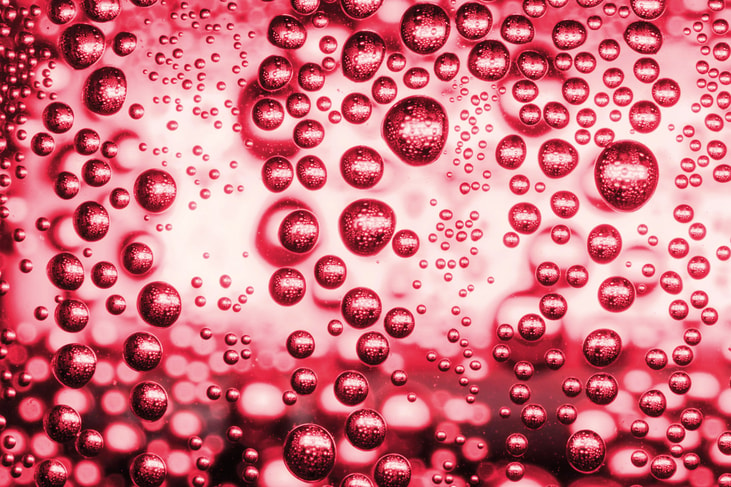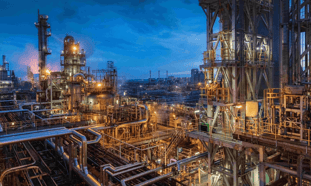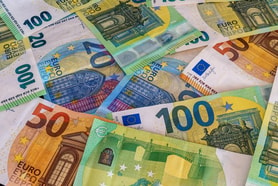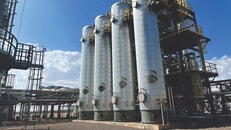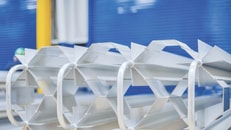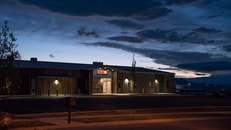Why gas cylinders are like chickens
Since brewing began in emerging civilizations like Egypt and Mesopotamia around 8,000 years ago, beer and other alcoholic drinks including sparkling wines have contained carbon dioxide (CO2) as a result of the fermentation process, generated by the action of yeast converting sugars into alcohol.
Towards the end of the fermentation process, sealing the beverage in a bottle or keg captures the fermentation CO2 under pressure, so that the drink remains carbonated in storage for enjoyment later. Carbon dioxide possesses natural anti-bacterial properties, which also prevent the beer from going off during extended storage. When the bottle is opened, this natural, dissolved CO2 creates an effervescent ‘fizz’ as it breaks free from solution in the drink wherever a bubble nucleation site exists, giving these drinks their distinctly refreshing appeal and contributing to their ‘mouthfeel’.
Any small imperfection in the glass offers a bubble nucleation site, so streams of rising bubbles can be seen emerging continuously from many single points on the inside of a beer or wine glass.
... to continue reading you must be subscribed

